By Michael Edwards
A micro-climate, two centigrade warmer, than surrounding Central London, is just one reason to head to Barbican for a short-break. That statistic may be an urban myth but lilies from Brazil flourish in the lake by the arts centre’s terrace. And the Queen declared the Barbican, the futuristic city in the sky, to be one of the wonders of the modern world when she opened the arts centre in 1982.
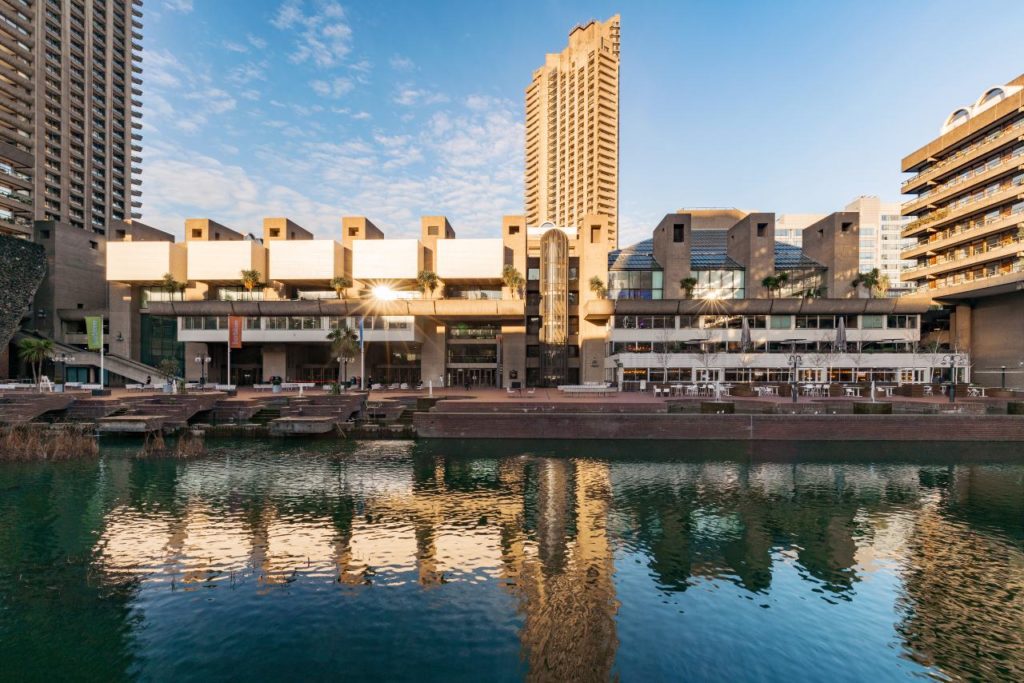
If you have never been to the Barbican, now is the time to go. With few overseas tourists and many people still working from home, the buses and tube are unusually quiet. Many of London’s attractions are queue-free and you can have your choice of table at most restaurants.
At first sight, a council estate comprised of more concrete than the M25 – and voted London’s ugliest building – may seem a bizarre destination for a short-break getaway. The Barbican’s critics often dismiss the architecture as brutalist.
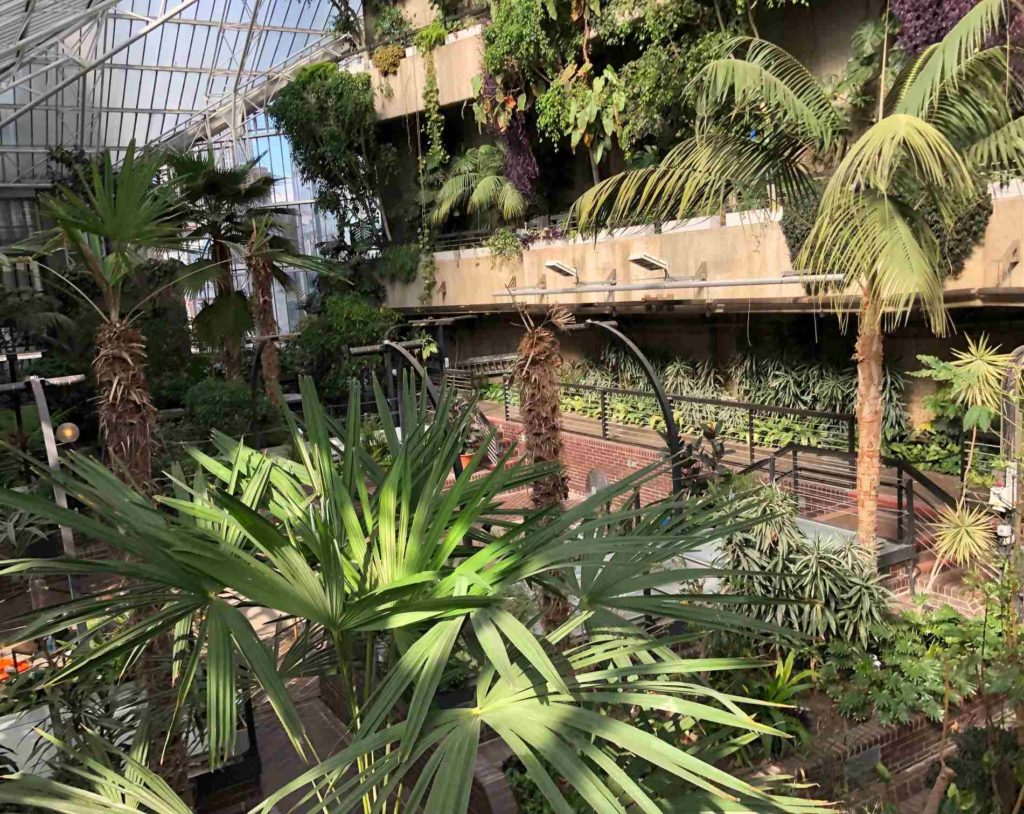
Yet, the Barbican hosts Europe’s largest arts complex and sits at the heart of London’s Culture Mile which also features the Museum of London, the London Symphony Orchestra and the Guildhall School of Drama and Music. The Barbican’s Conservatory, hosting over 1,500 tropical plants, comes second only to Kew Garden as London’s largest glasshouse.
To some the Barbican is a grim urban jungle, a dystopian vision of a concretopia. And, recalling the Roman fortress which once stood on this site, there are architectural echoes of that “barbacana” as it was named in Latin. There are even slits in the walls for archers to pick off hostile invaders. Nor, unless you take the Silk Street entrance, is it easy to find a way in.
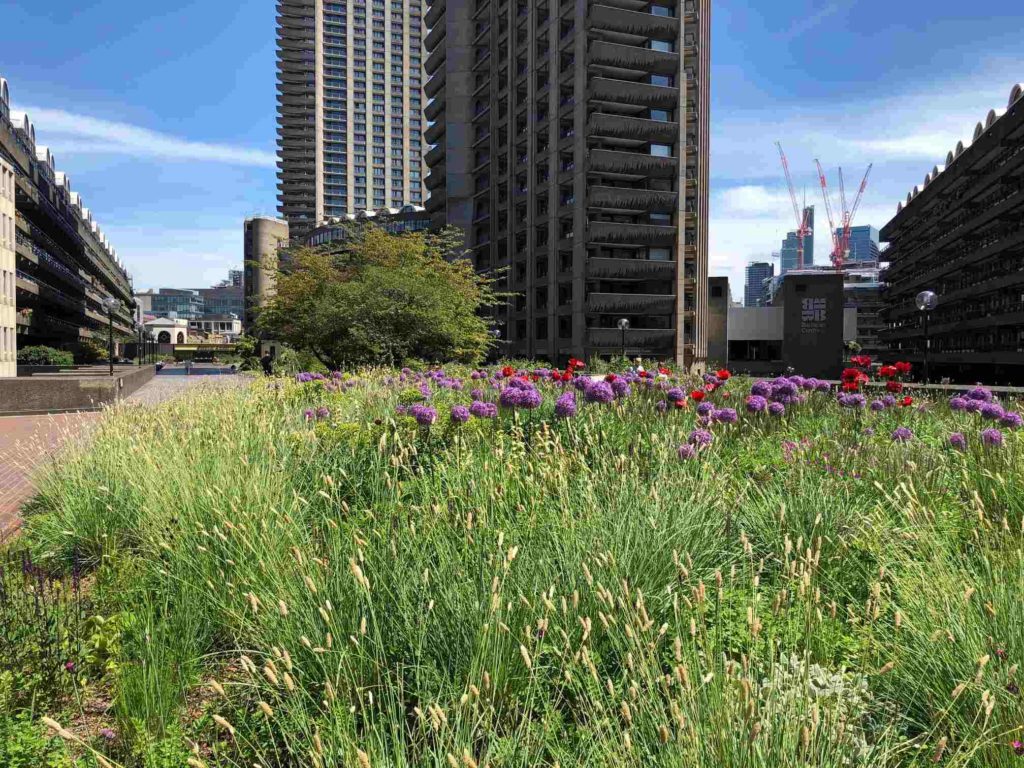
Once within the walls, the Barbican is transformed with soft planting of poppies and waving grasses, lawns and the soothing sound of a waterfall. Residents tend their Hanging Gardens of Babylon window boxes, many featuring the red geraniums which have become the Barbican’s favourite flower.
This is the peaceful haven, a village escape within a busy city, that the architects planned. The medieval church of St Giles-without-Cripplegate, where Shakespeare once prayed and John Milton is buried, still serenely stands as the community’s place of worship.
Taking the Barbican’s architecture tour, 90 minutes of fascinating details, reveals how back in the 1950s and 1960s the architects had a vision for a site that had suffered so much blitz bomb damage that it was virtually uninhabitable.
Chamberlin, Powell and Bon, the trio of architects, imagined young professionals beginning with a starter flat and climbing the social scale through larger apartments, mews and town house until they could aspire to the multi-million pound penthouse at the top of Shakespeare Tower’s 44 storeys.
Barbican architecture riffs on both the global and the historical – from the arches of the Roman fort, through Italianate fountains, onto touches of Art Deco cruise liners and Bauhaus’ clean lines.
Those artists were not just sketching buildings, they were designing a way of life too, for the arty and aspirational middle class who would pay commercial rents to the Corporation of London. Networking with early evening drinks by the lake, chatting to fellow professionals during the theatre’s interval, mulling over the latest exhibitions – it was all part of the Barbican life-style.
Add in The Barbican’s three cinemas as well as performances at the Guild Hall School of Music and Drama and there is a true culture feast. Nor should the shop be forgotten. It sells brutalist socks, eclectic reading and a carrier bag labelled “Emotional Baggage.” This is not just a cultural feast for locals but for visitors from afar.
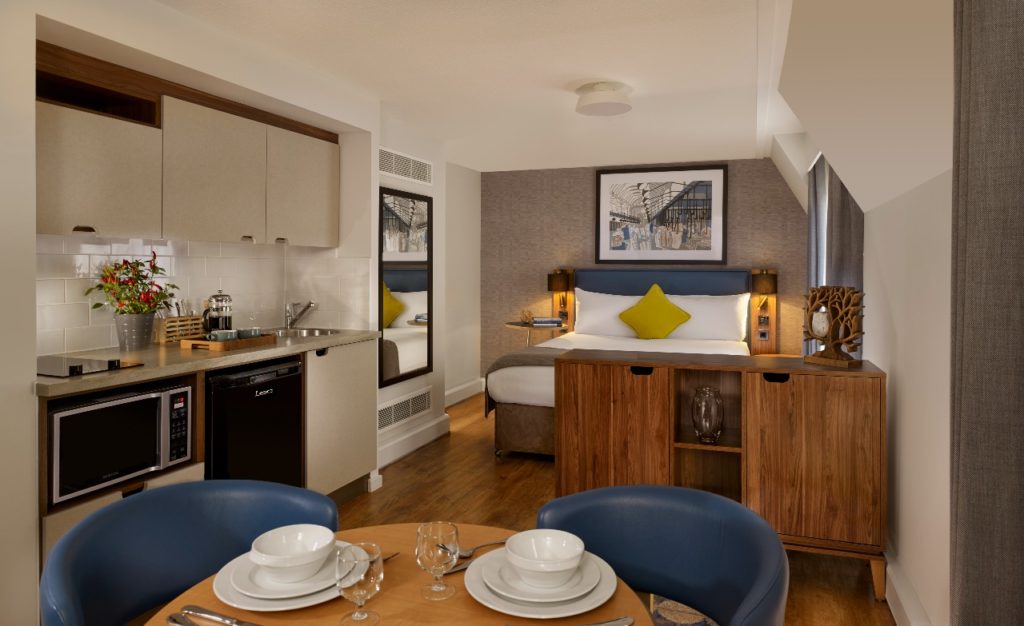
A mere two-minute walk from the Barbican, Citadines apartments provide comfortable and affordable self-catering. Beginning with classic rooms and moving through to one bedroom apartments that sleep four, guests have the freedom to see London on their own terms. Separate climate-control in the bedroom and lounge helps guests to adapt to the vagaries of London’s weather.
Equipped with coffee-maker, microwave, hob, dish-washer and washing machine in the one bedroom apartment, self-catering is boosted by Abel & Cole organic starter packs for both grocery and the fridge.
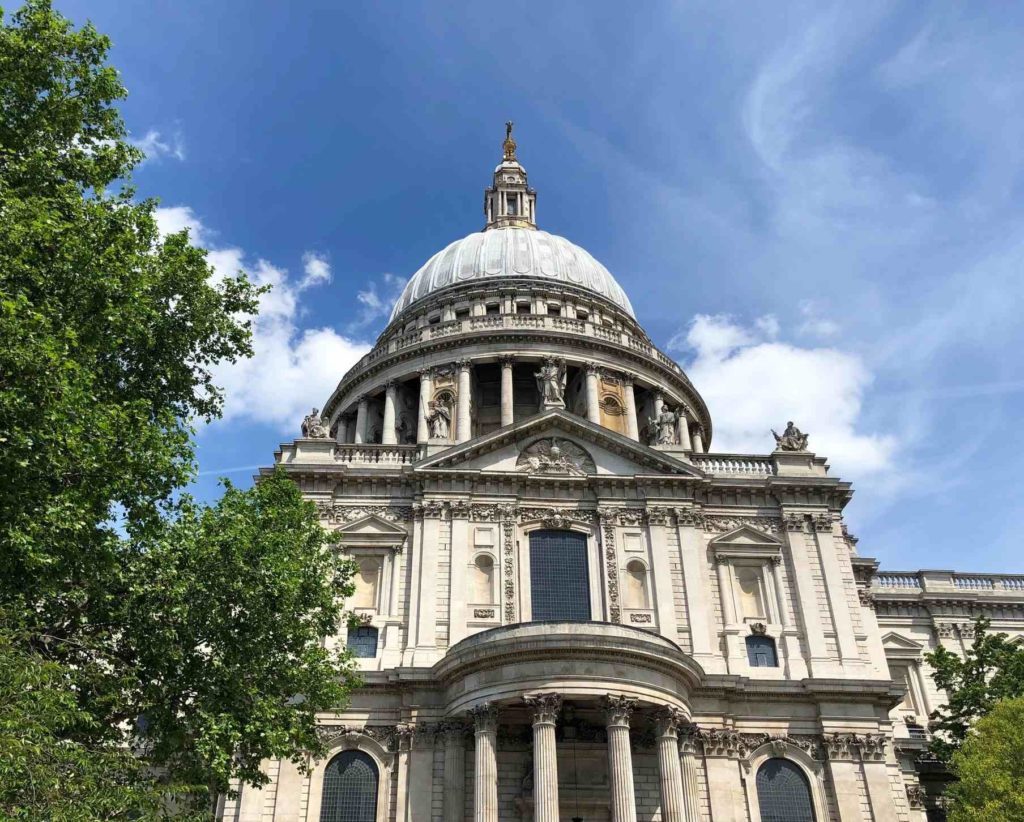
It is tempting to stroll through London’s surprisingly quiet streets. St Paul’s cathedral is a short stroll away and then still heading south, the Millennium Bridge crosses the Thames to the Tate Modern and the Globe Theatre. This is also the year, without long queues, to take an Uber by Thames Clipper from the pier by the Globe. In all, the boats serve 23 piers from Putney Pier in the west through to Woolwich in the east. Beyond the arts and culture, Barbican makes an excellent base for exploring so much of London.
Research Citadines at https://www.citadines.com/citadines/barbican
Visit https://www.barbican.org.uk for The Barbican Centre’s forthcoming events.
Learn about the Culture Mile at https://www.culturemile.london











